Modern Turkish society is lively and full of diversity, shaped by many different cultural influences over centuries. Turkey stands at a crossroads between East and West, and its society reflects both sides. Over the last 100 years, Turkey has gone through big changes-from being part of the Ottoman Empire to becoming a modern, secular republic. This dramatic shift influences how people see their country, their traditions, and their place in a changing world. To understand Turkey today, it is helpful to look at history, population changes, family structures, politics, religion, education, and changing roles of men and women.
How Did Turkish Society Change from the Ottoman Empire to the Republic?
The change from the Ottoman Empire to modern Turkey was a time of deep social and political changes. The Ottoman Empire, which lasted from 1299 to 1922, was home to people of many religions and ethnic groups, organized mostly by religious groups called “millets.” Each religious group followed its own rules-for example, Muslims followed Islamic law and Christians followed their own religious laws. However, Muslims usually had higher status.
By the 1800s, the Ottoman Empire was weak, facing problems inside and from other countries. Nationalist uprisings and lost wars forced big changes. After World War I, the empire was divided up, which led to the Turkish War of Independence. Led by Mustafa Kemal Atatürk, Turkish leaders pushed out foreign armies and ended the empire. On October 29, 1923, the Republic of Turkey was founded, and sweeping changes began to make Turkey a modern, secular state.

Main Features of Modern Turkish Society
Modern Turkey blends old traditions and new ideas. Nationalism is very strong and is written into the law. According to Article 66 of the Turkish Constitution, anyone who is legally a citizen is Turkish, even if their ethnic background differs. Most people identify as ethnically Turkish (about 70-75%), but all citizens are considered part of the nation.
Secularism, meaning religion and government are separate, is also a key principle. This can lead to tension, as many people in rural areas hold traditional Islamic values, while laws and schools are based on secular ideas. As more people move to cities, the country becomes wealthier, education improves, and society changes. However, there are still big differences between rich and poor, and between traditional and modern lifestyles. Family ties and hospitality remain important but mix with global culture and modern life.
Geographic Spread and Population
Population Growth and Trends in Turkey
Turkey’s population has grown quickly in recent years. It was 66 million in 2002 and rose to 85 million by 2022. Turkey has a young population; the median age is 33.5 years, and children under 15 make up 22% of people. While there has been growth, the birth rate is now falling in most regions except the mainly non-Turkish southeast, which still has more children per family.
Turkey is also home to many refugees and migrants, especially since the Syrian civil war began in 2011. As of November 2023, there were about 3.25 million Syrian refugees in Turkey, and over 238,000 Syrians have become Turkish citizens. Including all foreigners, Turkey had 4.6 million foreign residents-about 5.4% of the total population-not counting unregistered migrants. This has made Turkish society more varied, but also brings challenges, particularly in helping newcomers fit in and in sharing resources.
| Year | Total Population | Median Age | % Under 15 | Foreign Residents |
|---|---|---|---|---|
| 2002 | 66 million | – | – | – |
| 2022 | 85 million | 33.5 | 22% | 4.6 million |

Turkish Communities Abroad
Millions of people with Turkish background live outside Turkey. Many moved as workers or students, while others are descendants of Turkish minorities from the old Ottoman territories. Europe has the largest Turkish communities, especially in Germany (between 3 and 7 million), France (over 1 million), the Netherlands (up to 2 million), the UK (about 500,000, including Turkish Cypriots), Austria (up to 500,000), and Belgium (up to 500,000). These migrations started mainly in the 1960s with work programs.
Outside Europe, the US has roughly 1 to 3 million Turkish people, with big clusters in New York, Washington D.C., and Detroit. Canada and Australia also have large Turkish communities. In Central Asia, groups of Turkish origin live in countries like Kazakhstan and Azerbaijan, often descended from people displaced during the 1940s. These communities keep some traditions and ties to Turkey but also adapt to where they live.
Family Life and Social Organization
The Place of Family in Turkish Life
Family is at the center of daily life in Turkey. Close bonds are valued not just among parents and children, but also with extended family and neighbors. Hospitality is a well known Turkish value: guests are treated generously, and it is common for people to drop in for tea or a meal.
Family gatherings are frequent, whether simple meals or bigger celebrations. Planning these events often takes priority for many families. There is great respect for elders and a sense of duty to care for relatives. While life has changed with urbanization, the importance of looking after family and supporting one another remains a core value.

How Urbanization Has Changed Society
Since the 1980s, more and more people in Turkey have moved to cities. In 2002, 66% lived in towns or cities; by 2022, this was 77%. The biggest cities-Istanbul, Ankara, İzmir-have grown especially fast, along with newer hubs like Şanlıurfa and Antalya.
More people in cities means better access to education and a richer lifestyle for many. Literacy rates have nearly reached 100%. However, moving to cities has also made economic inequality more visible. Turkey is among the countries with the widest gap between rich and poor. Urban migration also brings challenges like housing shortages and difficulties mixing new immigrant communities into city life. Differences between conservative and secular lifestyles are clear in these urban centers and often create debate and division.
| Year | % Urban Population |
|---|---|
| 2002 | 66% |
| 2022 | 77% |
Changes in Politics and the Legal System
From Empire to Secular State
The move from an Ottoman monarchy to a Turkish Republic completely changed politics and society. In Ottoman times, religious groups had their own courts and rules. The sultan was both the political and religious leader. After 1922, with Atatürk’s leadership, the sultanate and caliphate were abolished. The republic founded in 1923 began moving power to elected officials, and in 1924, the Directorate for Religious Affairs was created to manage religion under state control. The new system aimed to treat all citizens equally, no matter their religion.
Building a New Civic Structure
The new Turkish republic was based on the idea that the people-not a king-should have power. The 1921 and 1924 constitutions made this clear: parliament would represent the people, not religious authorities. In 1924 and 1927, religious courts and education were replaced with government-controlled, secular systems. The legal system adopted the Swiss Civil Code and the Italian Penal Code, making everyone equal under the law and giving all citizens the same rights, whether Muslim or not.
Modern Public Services and Law
After 1923, Turkey modernized its government offices. A national institute was set up to collect census and economic information, leading to better planning and record keeping. New laws replaced old religious rules, and major changes included the end of polygamy, equal divorce and inheritance rights for women, and the introduction of official surnames in 1934. This made identification easier and more consistent, and helped unite everyone under the new Turkish national identity.
Religion and Secular Life
The Role of Islam
Even though Turkey was set up as a secular state, Islam is still very important in most people’s lives. Most Turks are Sunni Muslims, mostly following the Hanafi school, with significant Alevi minorities. Islam can be seen in daily habits, public celebrations (like Ramadan), architecture, and moral values.
In history, Turkish Islam has often been less strict about rituals and more open to mixing with local traditions, making it more moderate compared to some neighboring countries. Even those who do not practice regularly may still see being Muslim as part of what it means to be Turkish. Islamic expressions remain in political debate and everyday language, keeping religion a strong influence on society.
Secularism in Law and Practice
Secularism is written into the Turkish constitution and has shaped the country since Atatürk’s time. Religious authority was separated from government, and new rules limited how religion could appear in public spaces. The state keeps watch over religion with the Directorate for Religious Affairs (Diyanet) to make sure religion does not challenge state unity.
In the past, things like religious clothing were banned in official buildings and schools, but these rules have eased in recent years. The current government, led by Recep Tayyip Erdoğan, has shifted the balance, bringing more religion into public life. This causes debate between those who want a fully secular state and those who support more open religious expression.
Education and Literacy in Turkey
Changing the Education System
After the republic was founded, the whole education system was changed. Schools that once taught based on religion were brought under one national Ministry of Education. The government wanted everyone to have access to schools, no matter where they lived or what religion they followed.
The number of students grew fast, especially for primary schools, and soon middle and high schools as well. Girls were encouraged to attend school, and schools became coeducational. Step by step, higher education options also expanded, with new universities and colleges opening across the country.
Improving Literacy: The Latin Alphabet
One of Atatürk’s best-known reforms was changing the writing system from the old Arabic script to a new Latin-based alphabet in 1928. The Arabic script was difficult and didn’t suit Turkish very well. The new Turkish alphabet has 29 letters that match Turkish sounds more closely, making learning to read and write much easier.
Atatürk launched a massive nationwide campaign to teach the new alphabet to adults as well as children. Within ten years, the literacy rate jumped from 9% to 33%. Learning to read and write became a mark of being a modern Turk, and it helped link the country to the Western world.

| Year | Literacy Rate |
|---|---|
| 1923 | 9% |
| 1933 | 33% |
More Access to Higher Education
Atatürk wanted both boys and girls to continue their education as far as possible. By the late 1920s, coeducation was normal, and new universities were set up to train professionals like teachers, engineers, lawyers, and doctors. More women began attending university, and by the late 1930s, women made up 10% of university graduates and even held jobs as judges and teachers. This was a big change compared to many other countries at the time.
Women’s Roles and Rights
Steps towards Gender Equality
The shift from empire to republic brought huge improvements in rights for women. Under the Ottomans, women had almost no political rights and limited public roles. From the 1920s, the new government introduced equal rights in marriage, divorce, and inheritance. Polygamy was banned and both men and women could initiate divorce.
Women were encouraged to get an education, join the workforce, and participate in public life. By 1930, women could vote in local elections, and by 1934, in national elections as well-earlier than many European countries. In 1935, 18 women were elected to parliament, showing the impact of these changes.
| Year | Event |
|---|---|
| 1926 | New Civil Code: Equal marriage and inheritance rights, polygamy banned |
| 1930 | Women get right to vote in local elections |
| 1934 | Women get full voting rights |
| 1935 | 18 women elected to parliament |
Women in School, Work, and Politics
With these changes, more women went to school and joined the workforce. Women became teachers, doctors, engineers, and lawyers, helping to build the new Turkish society. At its peak in the early republic period, up to 70% of women took part in the workforce-although this dropped later with the return of more conservative views. Turkish women could also vote and run for office many years before women in some Western countries.
Culture and Identity
Language and Regional Differences
The Turkish language is central to national identity. The state supported the use of “pure” Turkish after the switch to the Latin alphabet, working to reduce the use of Arabic and Persian words. The standard Turkish language is based on the Istanbul dialect, but other regions have their own versions, and Turkish is also spoken by communities abroad.
Arts, Buildings, and Heritage
Turkey’s long history is seen in its art and buildings. Ottoman palaces and mosques, especially in Istanbul, show influences from earlier Byzantine and Islamic architecture. After 1923, there was a focus on building modern institutions like theaters and museums. Traditional handicrafts, such as carpets and calligraphy, are recognized both in Turkey and internationally.
Celebrations, Food, and Everyday Life
Food, festivals, and daily rituals are all important in Turkish culture. Meals are generous and social-meze, kebabs, Turkish tea and coffee are all well-loved. Special events include Ramadan, Eid festivals, and even camel wrestling in some regions. Family meals, showing respect for elders, and offering hospitality to guests, big and small, are part of everyday life.
The Influence of Modern Trends and International Culture
Modernization and the global spread of culture have strongly influenced Turkey. Shops and cafes in cities reflect European trends; Turkish film and music are popular worldwide; and street art is widespread in Istanbul. Yet, modern and traditional values often clash, especially in the debate over religion’s role, women’s rights, and relations with Europe. Young people use social media, but some are frustrated with politics or economic limits in Turkey. This mix makes Turkish culture lively but sometimes tense, as old and new beliefs coexist.
Current Challenges
Political Divisions and Freedoms
Politics in Turkey is now sharply divided. President Erdoğan and his party have been in power for over 20 years, and many feel the country has become less free. After protests in 2013 and a failed coup in 2016, thousands of people were arrested, and freedom to speak or protest is now limited. The government often uses cultural and identity questions to help stay in power, leading to even greater divisions between religious conservatives and secular groups.
Economic Growth and Inequality
Turkey’s economy grew fast between 2002 and 2022, with GDP per person increasing from $9,300 to $37,300. More people are educated and living in cities, and some have become much wealthier. However, economic problems have grown since 2018, including high inflation and a weak currency. The cost of living, especially for housing, is rising rapidly, and 40% of workers earn just the minimum wage, which is below the poverty line.
Migrants and Social Harmony
Turkey hosts the world’s largest number of refugees, mostly from Syria, but also from Africa, Russia, and Central Asia. While this brings cultural richness, it also creates stress on public services and makes some locals uneasy. Many refugees face prejudice or are blamed for economic struggles. Integrating these new communities is one of Turkey’s biggest social challenges.
Youth Hopes and the Future
Young people are an important part of Turkey’s future-they make up a large portion of the population. More go to university than ever before, but many struggle to find good jobs or afford to live on their own. This uncertainty is leading more young Turks to move abroad for education or work-139,000 people left the country in 2022, most of them young. Some youth are deeply involved in politics or protest, but others feel alienated. The challenge ahead is to create opportunities so that the energy and creativity of the younger generation can shape a bright future inside Turkey.



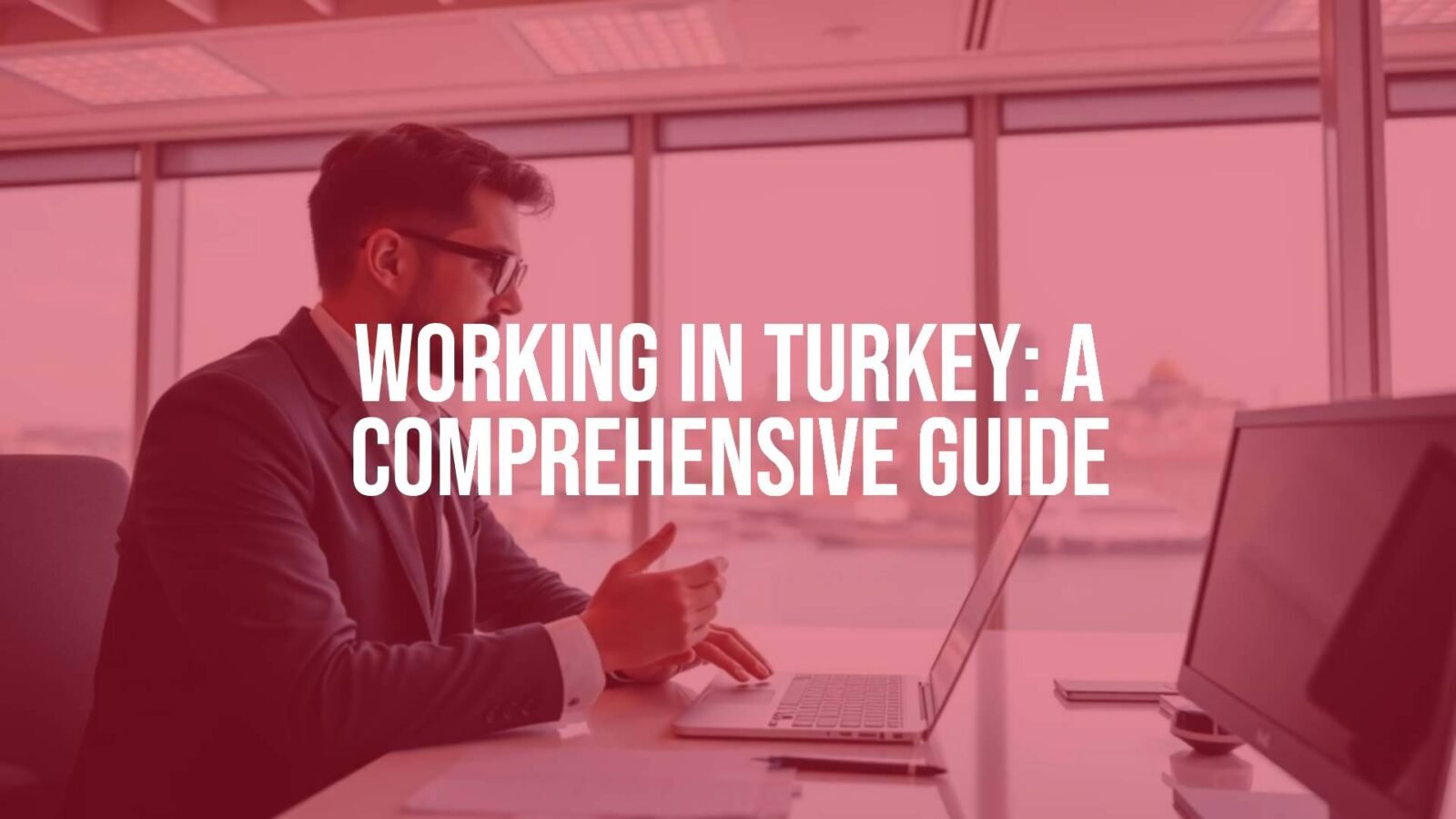
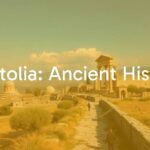

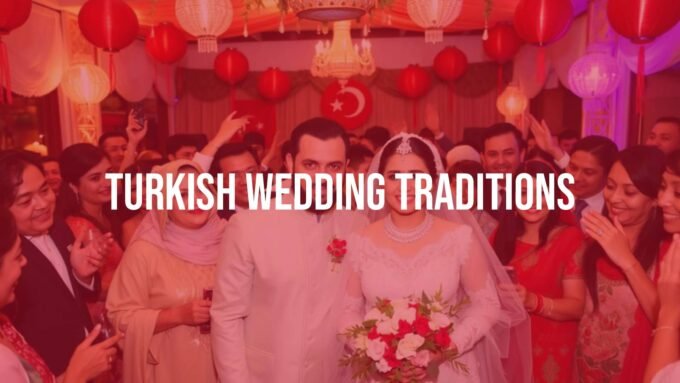


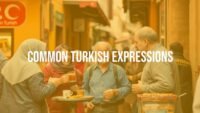
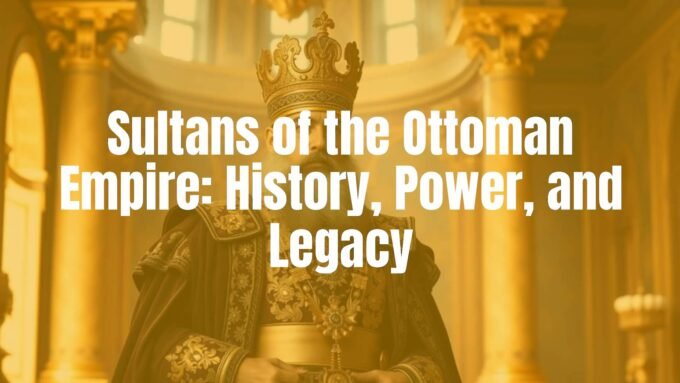

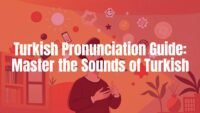


Leave a comment